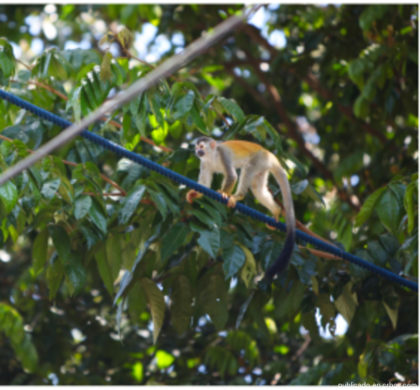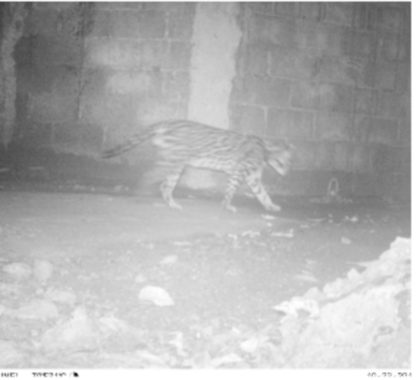
ICE-courtesy

ICE-courtesy
The ICE established an animals’ underground passage through Pailas II geothermal project and it will conclude another one this month.
By doing this, they aim to protect animals near the intitution’s electrical infrastructure .
These are the first structures that the Institute implements and it joins other devices that it has been placing in the last 15 years in or near its electrical networks. This intends to prevent the fauna from being damaged or causing damage by having contact with electrical installations.
Underground passages communicate wooded areas at both sides of the roads and facilitate movement and connectivity among animal populations. In addition, it prevents them from being run over.
According to Farrel Ruiz, coordinator of Environmental Management of Las Pailas II, biology staff have monitored the effectiveness of the first bridge through cameras and fingerprints and the results have been very satisfactory.
In 5 months of operation, 4 species were recorded using the subterranean passage: the ocelot (Leopardus pardalis), the mountain cottontail (Silvilagus floridanus), the Gray Four Eyed Opossum (Philander opossum) and the common opossum (Didelphis marsupialis).
The ICE Group also has two underground passages and one wildlife trail in La Balsa Inferior hydroelectric plant, located between San Carlos and San Ramón.